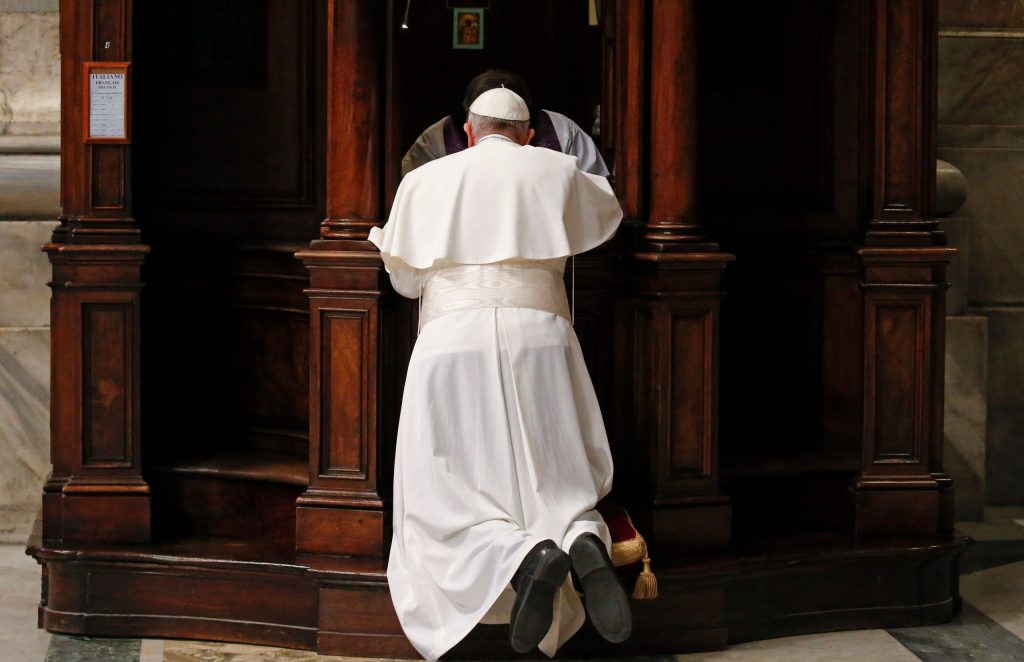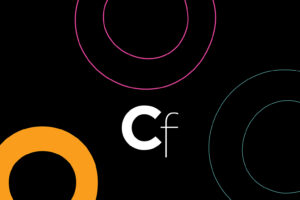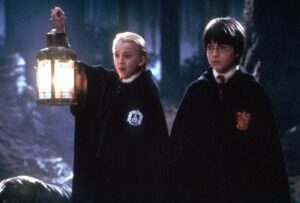Pope Francis’s Aesthetics of Humility


The most representative photograph of Pope Francis — then just Jorge Mario Bergoglio, Archbishop of Buenos Aires, Argentina — captures him sitting on a simple, slatted wooden bench on the subway in his native city. An oblivious crowd of commuters and students stands and shifts around the future pontiff, who wears the simple black shirt and Roman collar of the Society of Jesus in which he was ordained, staring at the photographer with piercing brown eyes and maybe the slight hint of a smile. Here was the image of a priest who preached in barrios, whom the media quickly christened the “People’s Pope.” This photograph would foreshadow the operative aesthetics of Francis, the pope of many firsts: The first Jesuit, the first pontiff from the Americas, and the first to take the name Francis — the 13th-century Italian saint who preached a gospel of simplicity, humility, and love.
Francis’s papacy was controversial among conservatives for changing the tenor (and sometimes teaching) of the Roman Catholic Church, shifting its focus to inequity and injustice, the existential threat of climate change, as well as attempting to include more women in leadership and LGBTQ+ Catholics in congregations. He often fell short. But his papacy embodied St. Francis’s declaration in his monastic rules, “let us not love in word or in tongue, but in deed and in truth.” The result was a profound aesthetics of humility, which demonstrated a focus on the Christian social gospel, upon the Magnificat with its call to glorify the “humble and the meek” and the Beatitudes with their imploration that “blessed are the poor.”
Earlier this year, Pope Francis said that artists should aim to be “custodians of the beatitudes” — that is, Christ’s teachings about power and mercy from the Sermon on the Mount — and that “Art is not a luxury, but a necessity of the spirit. It is not an escape, but a responsibility, an invitation to action, a call, a cry.” This was during a homily this year celebrating the Jubilee of Artists and the World of Culture, wherein Francis outlined a particular vision regarding the necessity of aesthetics, a call to justice that included not just bread, but roses. That the Church has been an incredible patron of the arts — see Fra Angelico, Giotto di Bondone, Raphael, and Caravaggio for an abridged list — is beyond obvious. That Francis so often presided over mass in St. Peter’s Basilica beneath Michelangelo’s massive dome speaks to the deceased pope’s contention that art is a “universal language that spreads beauty and unites peoples, contributing to bringing harmony into the world.” But if it’s true that art is a universal language, then it can speak in a particular accent, which was certainly the case with Francis’s papacy, particularly in contrast to the one before it.
From the very beginning of Pope Francis’s tenure, following the shocking resignation of his predecessor, the conservative German Pope Benedict XVI, his sartorial and aesthetic choices had theological implications. Whereas Benedict had returned the visual rhetoric of the papacy to a Tridentine traditionalism — he was known for gold-threaded vestments and elaborate velvet robes, red slippers, a gem-encrusted crozier, and the golden papal tiara — Francis was celebrated for his simple white cassock and his scuffed black shoes. This was the pope whose first decision was to refuse the lush papal apartments in favor of the Vatican’s guesthouse, just as attending the staid funeral of a bishop rather than that of a pontiff was one of his last. Those choices embodied the central tension in the Roman Catholic Church, heightened in an unconventional papacy such as his: that the Pope must sit on the resplendent throne of St. Peter — but St. Peter himself was but a humble fisherman.

The aesthetics of humility were also a feature of Pope Francis’ ministry, especially in its dissemination of imagery. This can be seen in the photographs of Francis performing the Holy Thursday tradition of the washing of the feet in imitation of Christ during the last week of his life. Last year, Francis performed the ritual for inmates at the Rebibbia women’s prison outside of Rome. In one photograph, the elderly pope kneels before a convict, the rolled-up gray sweatpants of the woman in contrast to the white cassock of the pope. In 2022, he similarly opted not to perform that solemn ritual beneath Michelangelo’s dome, but rather at the Civitavecchia Prison, where he supplicated before an assemblage of male and female prisoners. Only three years after his election, Francis performed the Maundy Thursday ritual for asylum seekers and refugees, including Coptic Christians and Muslims.
Such imagery was markedly different from previous papacies, but especially that of Benedict, who preferred to cut a more mysterious and distant figure. By moving the papacy out of the basilica and into prisons and refugee camps, Francis hoped to embody the principle that “We priests should be the first to serve others, not exploit,” as he said at the 2022 Maundy Thursday Mass — a not-so-subtle comment on the Church’s historical complicity with any number of crimes and evils, including the sexual exploitation of children. Indeed, Francis developed his way of thinking not just in the seminary, but in the slums of Buenos Aires; he was influenced by — though not necessarily adherent to — the leftist liberation theology then ascendant through Latin America. Baptized in the negotiations and culpabilities of Argentina’s Dirty War, Francis was keenly aware of the dangers of authoritarianism, evidenced by everything from his continuing condemnation of the genocide in Gaza to his preaching against the growing tide of fascism in the United States. (Not without some irony, his last private audience was with United States Vice President J.D. Vance).
While Francis made clear that he wasn’t a Marxist, particularly to conservative critics, he also positioned himself as arguably the most steadfastly anti-capitalist Western leader. Though he doubtlessly would have disagreed with much of what the Brazilian Archbishop Hèlder Câmara taught, there was a distinctly Franciscan sense of wry irony in that liberation theologian’s observation that “When I feed the poor, they call me a saint, but when I ask why the poor are hungry, they call me a communist.” That is, again, a central tension of Catholicism — this Church rich in liturgy, ceremony, ritual, and of course actual riches. Where Low Church Protestants often (and understandably) eschewed decoration and ornament as prideful and idolatrous, the Catholic Church has defined itself through art. Francis’s aesthetic philosophy was so powerful precisely because it understood that art isn’t mere artifice, but rather an intrinsic human right; that art, as he preached at the Jubilee Mass, is central to the beatitudes.
And so his Vatican embraced a certain proletariat art, a continuation of Francis’s aesthetics of humility in not just personal style, but the museums and galleries of Rome herself. As an example, take Canadian artist Timothy Schmalz’s 2019 “Angels Unawares,” the first new sculpture to be unveiled in St. Peter’s since Bernini’s in the 17th century, which was dedicated in commemoration of the 105th World Day of Migrants and Refugees. Schmalz, celebrated for his piece “Homeless Jesus” (2013), depicts a line of refugees both spatial and temporal — a Cherokee on the Trail of Tears, a Jew fleeing Nazism, a Pole escaping Stalinism, a Syrian endangered by civil war — lined together in the courtyard in front of Catholicism’s mother church. They are represented huddled together in a boat, the diverse assemblage of 140 standing in for the columns on St. Peters’s colonnade in a gesture towards the saintliness present in all humans, regardless of religion. Schmalz, as interviewed by Hakim Bishara in a 2019 Hyperallergic article, explained that the “idea of the sculpture is to show that we have all come from another place.” Just as “Angels Unawares” addressed displacement, “Sheltering,” another Schmalz piece from 2022, focused on poverty, depicting the dove of the Holy Spirit pulling a blanket over a sleeping man, which the artist explained was intended to remind people of a “spiritual duty to the poor.” The victims of war were similarly commemorated by art unveiled by Francis, most recently in a nativity scene from December designed by Palestinian artists Johny Andonia, Faten Nastas Mitwasi, and Peter Khano that presented the infant Christ swaddled upon a keffiyeh.

Returning to visual representations of the pope, however, the most salient image may have been unveiled long before Francis was born, in Cigoli’s 1599 baroque masterpiece “Imitation of Christ,” on view at the Hermitage Museum in St. Petersburg, Russia. The pope’s namesake, St. Francis of Assisi — he who helped the poor and embraced the animals, who preached a gospel of simplicity and love — is shown enraptured in prayer, his hands clasped, his gaze focused on something seen in the beyond. The mountains of the Umbrian countryside where he was raised are depicted in an otherworldly, hazy blue sfumato. This mystic, who fed the poor and clothed the naked, whose canticles ecstatically praised the Brother Sun and the Sister Moon, understood that the encounter of the Absolute is only apprehended in our encounters with each other. Pope Francis is rarely thought of as a mystic, exactly — this scientifically trained Jesuit who worked as a chemist — yet, as he astutely observed in a 2013 interview with La Republica, a “religion without mystics is [just] a philosophy.” A false dichotomy is often made between the contemplations of the mystic and the action of the mission. But what the experience of a St. Francis, of a Pope Francis, exemplifies is that if we seek the infinite, we will find it in embracing our brothers, our sisters.




